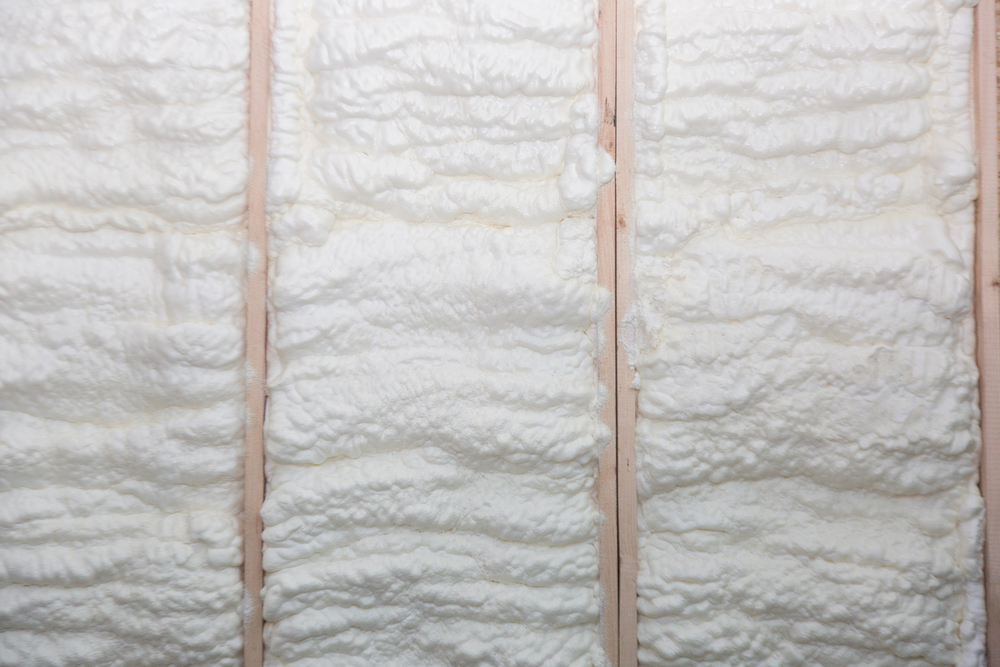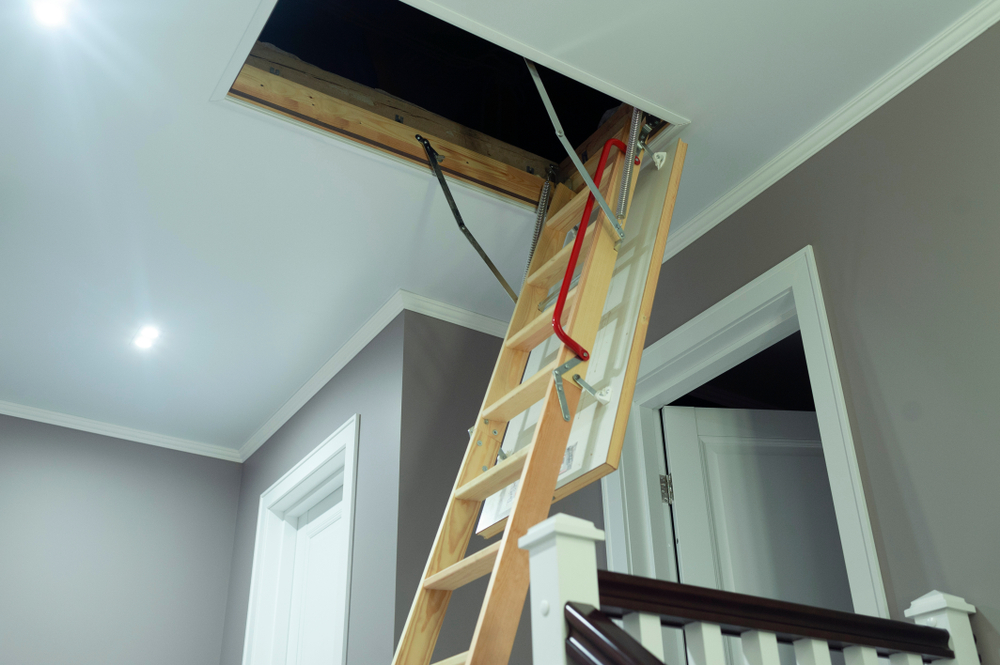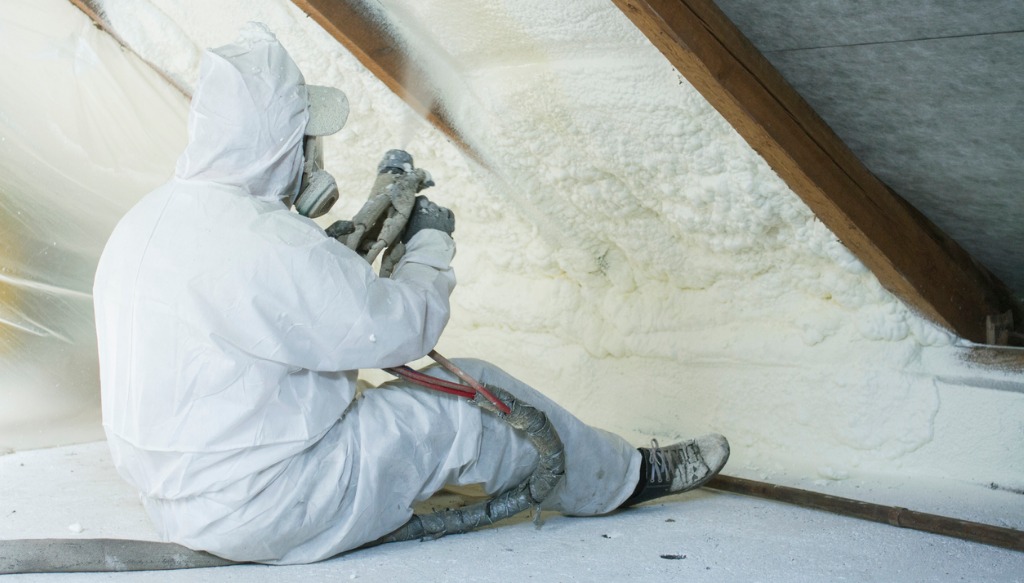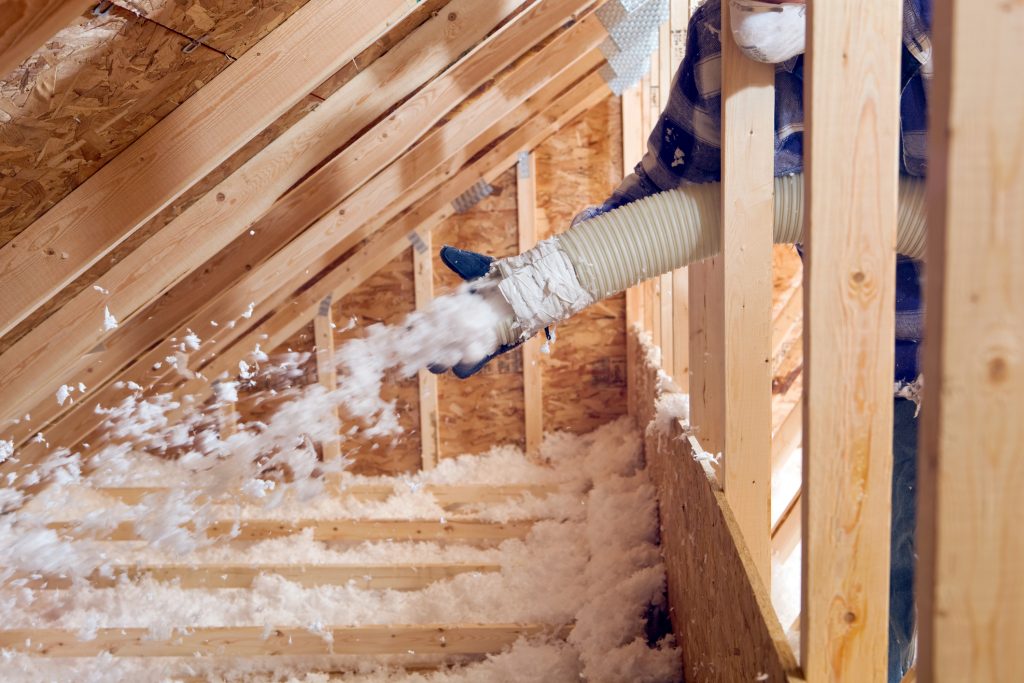Is unwanted noise disturbing the tranquility of your home? Soundproofing your house can be the solution you’ve been looking for. At Soundproofing Solutions, we specialise in providing effective soundproofing solutions tailored to residential properties. Enjoy peace and quiet in every room of your house and create a serene environment for relaxation, work, or family time.
Why Choose Our Soundproofing Services?
1. Expertise and Experience: With our extensive expertise and years of experience in soundproofing, our team has the knowledge and skills to address various noise-related issues in houses. We stay updated with the latest soundproofing techniques and technologies to deliver outstanding results.
2. Customised Solutions: We understand that every house is unique, and your soundproofing needs may vary. Our experts offer personalized soundproofing solutions tailored to your specific requirements and preferences. Whether it’s reducing external noise, preventing sound transfer between rooms, or creating a quiet home office, we have the expertise to find the right solution for you.
3. Comprehensive Soundproofing Options: We offer a wide range of soundproofing products and solutions to suit your house’s needs. From acoustic insulation for walls, floors, and ceilings to soundproof doors and windows, we have the products and expertise to enhance the soundproofing performance of your house. Our high-quality materials effectively block and absorb sound, creating a quieter and more peaceful environment.
4. Professional Installation: Our skilled soundproofing team provides professional installation services to ensure that your soundproofing solution is implemented correctly. We pay attention to detail during the installation process, maximising the effectiveness of the soundproofing materials and minimising any potential disruptions to your home.
5. Increased Comfort and Privacy: Soundproofing your house enhances your overall comfort by reducing noise disturbances from external sources such as traffic, neighbors, or nearby construction. It also helps maintain privacy within your home, preventing sound from traveling between rooms or floors. Enjoy a peaceful and private living space where you can relax, concentrate, and unwind without unwanted noise intrusions.
Contact Us Today for Soundproofing Your House!
Ready to transform your house into a quiet and tranquil haven? Don’t let noise disrupt your comfort and well-being at home. Contact Soundproofing Solutions today to schedule a free consultation. Our soundproofing experts will assess your specific needs, recommend the most suitable solutions, and provide a detailed quote for your project. Enhance the serenity and enjoyment of your home with our top-notch soundproofing services. Say goodbye to noise and hello to peace and quiet in your house!




